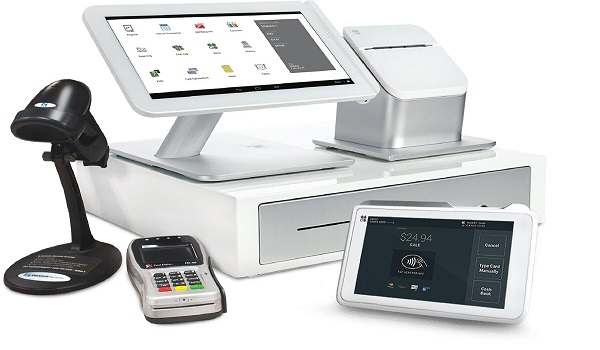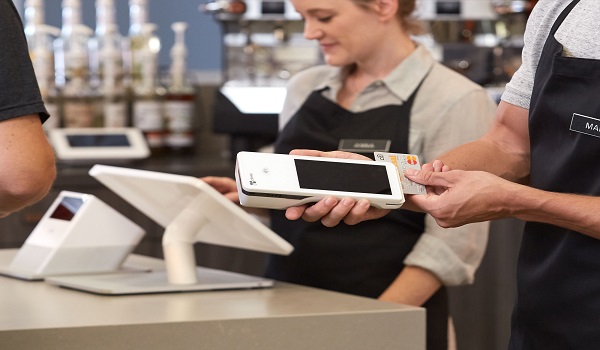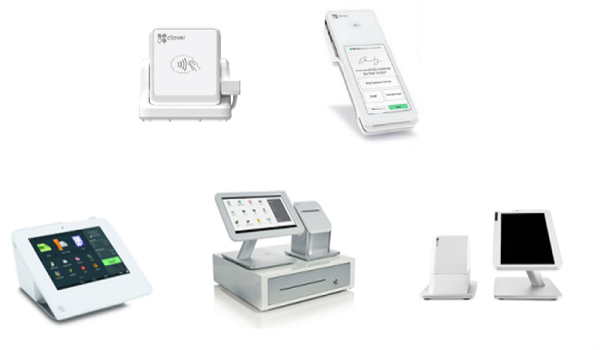
Understanding the power of virtual terminal in today’s digital age
Virtual terminals are online tools that allow businesses to process payments from customers using their debit or credit cards. They have become essential in today's digital age, as more and more transactions are being conducted online. With a virtual terminal, businesses can securely accept payments from anywhere, whether it's in-store, over the phone, or through email. This convenient and efficient payment solution saves time and eliminates the need for physical hardware or cash transactions. Additionally, virtual terminals offer advanced features like recurring payments, invoicing, and detailed reporting, helping businesses streamline their operations and improve their cash flow management. Overall, the power of virtual terminals lies in their ability to provide businesses with a flexible and secure payment processing solution that can adapt to the needs of the evolving digital marketplace.
Introduction to virtual terminals
Virtual terminals are online tools that enable businesses to process payments from customers using their credit or debit cards. They have become increasingly important in today's digital age, as more transactions are conducted online. Virtual terminals provide a secure and convenient payment processing solution that eliminates the need for physical hardware or cash transactions. With the ability to accept payments from anywhere, whether in-store, over the phone, or through email, businesses can provide flexible payment options to their customers. This introduction to virtual terminals will explore their power in revolutionizing payment processing in the digital age.
Importance of virtual terminals in the digital age
- Flexibility: Virtual terminals allow businesses to accept payments from customers anywhere, whether it's in-store, over the phone, or through email. This flexibility gives businesses the ability to accommodate different customer preferences and provide a seamless payment experience.
- Security: Virtual terminals offer secure payment processing, protecting sensitive customer information and reducing the risk of fraud. With encryption and other security measures, virtual terminals provide a safe environment for conducting transactions.
- Convenience: Virtual terminals eliminate the need for physical hardware or cash transactions. Customers can simply enter their credit or debit card details online, saving time and hassle for both the business and the customer.
- Cost savings: Implementing virtual terminals can save businesses money compared to traditional payment processing methods. There's no need to invest in expensive point-of-sale systems or hire additional staff to handle cash transactions.
- Streamlined operations: Virtual terminals often come with additional features such as invoicing, recurring payments, and detailed reporting. These tools help businesses streamline their operations, improve cash flow management, and enhance customer satisfaction.
- Integration with other systems: Virtual terminals can seamlessly integrate with other business systems such as accounting software, inventory management, and customer relationship management (CRM) systems.
- Access to valuable data: Virtual terminals provide businesses with valuable data and insights into customer behaviors, purchase patterns, and other transaction details. This data can be leveraged to make informed business decisions, personalize marketing strategies, and enhance customer experiences.
Secure and convenient payment processing
- Secure transactions
- PCI compliance
- Fraud detection and prevention
- Convenient payment options
- Easy integration
- Mobile compatibility
- Recurring payments
- Detailed reporting
Accepting payments anywhere
Accepting payments anywhere refers to the capability of virtual terminals to process transactions from various locations and channels. In today's digital age, virtual terminals allow businesses to accept payments not only in-store but also over the phone, through email, or online. This flexibility ensures that businesses can cater to the preferences and needs of customers, no matter where they are. With virtual terminals, businesses have the convenience of processing payments from anywhere, enabling them to expand their reach, serve a larger customer base, and accommodate the evolving demands of a digital marketplace.
Streamlining operations with virtual terminals
Streamlining operations with virtual terminals refers to the ability of these tools to optimize and automate various payment-related processes for businesses. Virtual terminals offer features such as recurring payments, invoicing, and detailed reporting, which help businesses simplify their operations and improve efficiency. By automating tasks like payment processing, generating invoices, and tracking transactions, virtual terminals enable businesses to save time, reduce errors, and enhance overall workflow management. This streamlining of operations allows businesses to focus on core activities while providing a seamless payment experience for their customers in today's fast-paced digital age.
Advanced features and benefits of virtual terminals
- Recurring Payments
- Invoicing
- Detailed Reporting and Analytics
- Integration with Accounting Software
- Mobile Accessibility
- Multi-channel Payment Processing
- Enhanced Security Measures
- Cost Savings
The impact of virtual terminals on cash flow management
The impact of virtual terminals on cash flow management refers to the positive effects that these tools have on a business's ability to manage and optimize its cash flow. Virtual terminals provide businesses with real-time visibility and control over incoming payments, leading to improved cash flow management in today's digital age.
By streamlining payment processes, virtual terminals enable businesses to receive payments more quickly and efficiently. They eliminate the need for physical checks or cash transactions, which can be time-consuming and prone to delays. With virtual terminals, businesses can accept payments instantly, improving the speed of cash inflows.
Future opportunities with virtual terminals in the digital age
- Integration with emerging technologies: As technology continues to evolve, virtual terminals have the potential to integrate with emerging technologies such as block chain, mobile wallets, and biometric authentication. This integration can enhance security, improve user experience, and provide more convenient and innovative payment options for customers.
- Artificial intelligence and machine learning: Virtual terminals can leverage artificial intelligence (AI) and machine learning algorithms to analyze customer data, predict buying patterns, and provide personalized recommendations. This can lead to more effective marketing strategies, increased customer loyalty, and improved revenue generation.
- Enhanced mobile functionality: With the increasingly dominant role of mobile devices in commerce, virtual terminals can continue to enhance their mobile functionality. This could include features like integrated mobile payment options, QR code scanning, or even augmented reality-based payment experiences.
- Global expansion and cross-border transactions: Virtual terminals can facilitate cross-border transactions by supporting multiple currencies and providing seamless payment experiences for international customers. As businesses increasingly operate in global markets, virtual terminals will play a crucial role in enabling smooth and secure cross-border payments.
- Integration with business management software: Integrating virtual terminals with other business management software (such as inventory management systems, customer relationship management (CRM) tools, or enterprise resource planning (ERP) systems) can further streamline operations and increase efficiency. This integration can automate data synchronization, enable real-time inventory management, and provide a holistic view of business activities.
- Enhanced security measures: As the threat landscape evolves, virtual terminals will continue to enhance their security measures to protect against fraud and data breaches. This could include implementing advanced encryption technologies, biometric authentication, or transaction verification processes to ensure secure payment processing.
- Voice-activated payments: With the rise of voice-activated assistants like Siri, Alexa, and Google Assistant, virtual terminals could introduce voice-activated payment functionalities. Customers could initiate payments or make purchases by simply using voice commands, making the payment process even more convenient and seamless.
- Integration with social media platforms: Virtual terminals could explore integration with popular social media platforms, allowing businesses to accept payments directly within social media apps. This would enable businesses to leverage their social media presence and drive conversions by providing a frictionless payment experience.
Conclusion
The future of virtual terminals in the digital age is filled with promising opportunities. By embracing emerging technologies, enhancing mobile functionality, expanding globally, integrating with other business management software, strengthening security measures, enabling voice-activated payments, and considering integration with social media platforms, virtual terminals can continue to revolutionize the payment landscape, providing businesses with enhanced capabilities and customers with seamless and convenient payment experiences.









